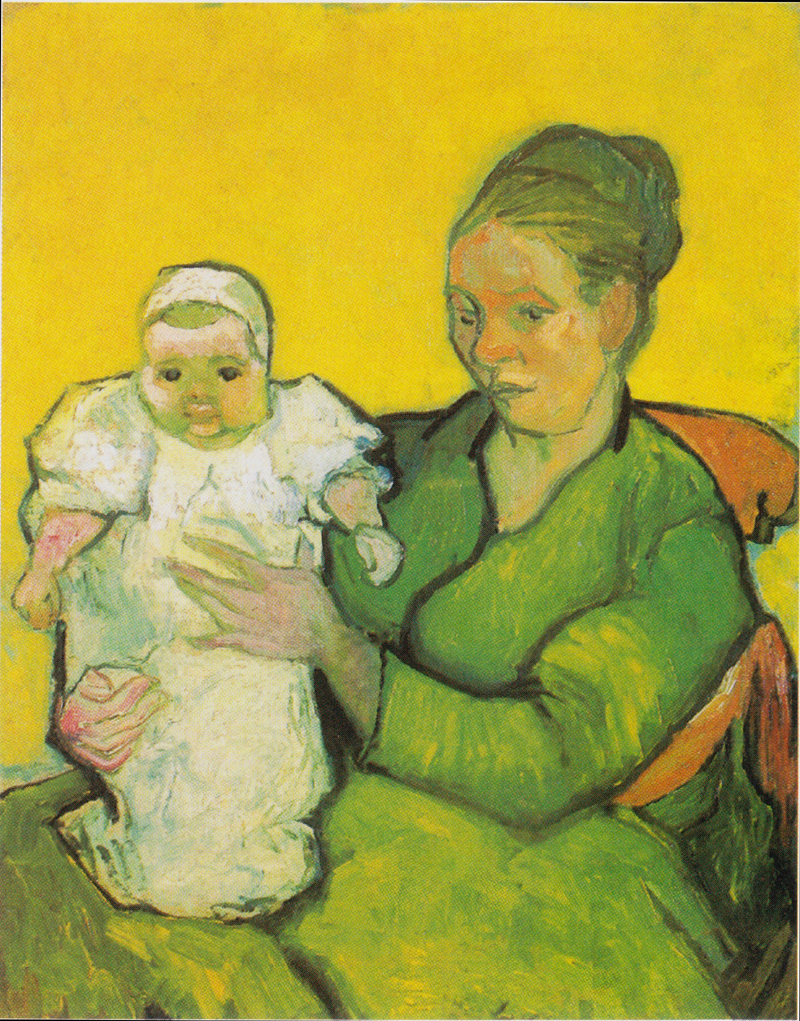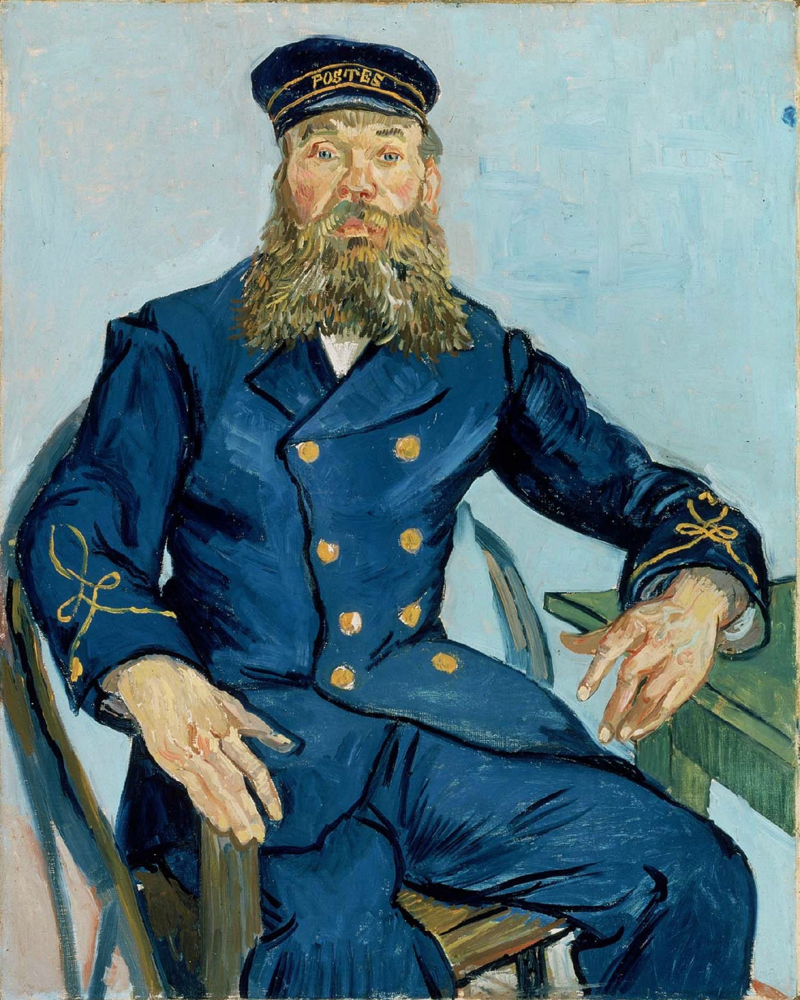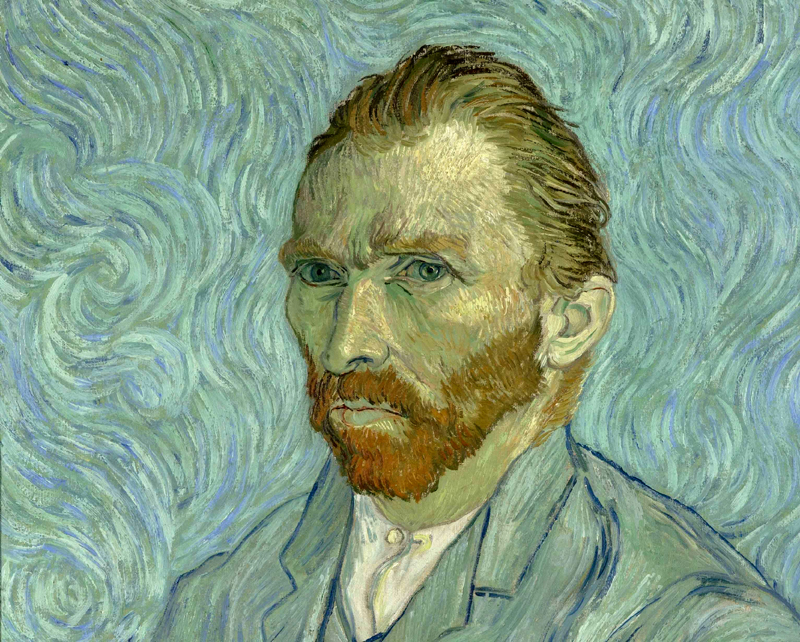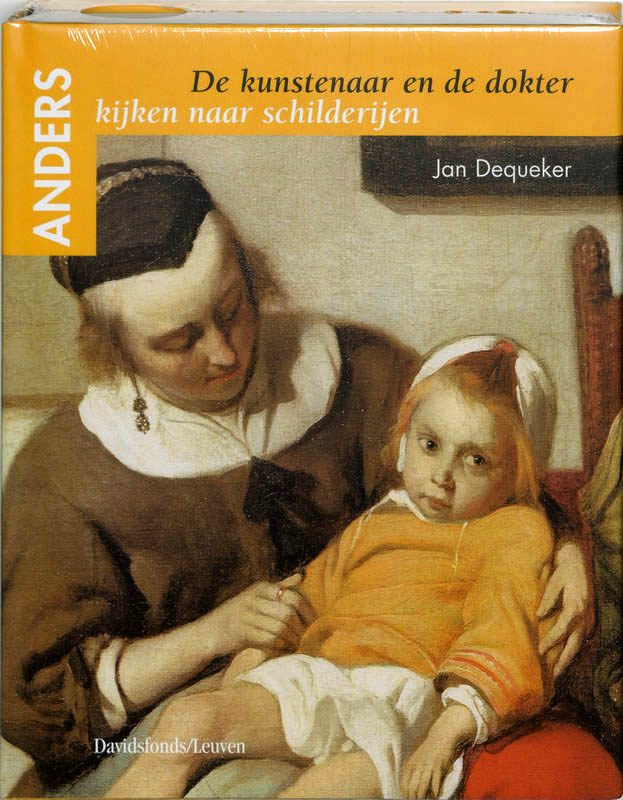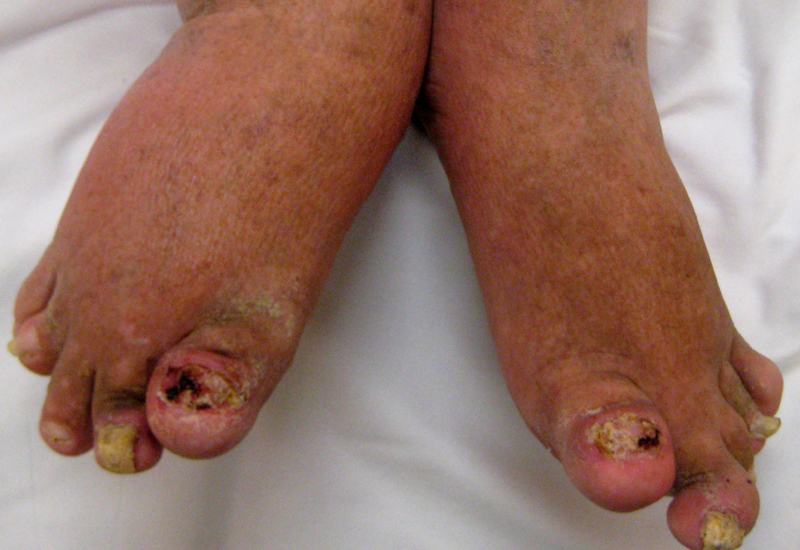Vincent van Gogh
March 30, 1853, Zundert, Netherlands - July 27, 1890, Auvers-sur-Oise, France
Van Gogh is widely regarded as the greatest Dutch painter and draughtsman since Rembrandt.
He had a profound influence on the Expressionist movement in modern art. His work, painted in a period of barely 10 years, is haunting in its striking colors, rough brushwork, and abstract forms.
♦ La Berceuse ♦
Van Gogh painted five versions of La Berceuse.
They depict Madame Roulin, wife of postman Joseph Roulin, holding a rope in her hand with which she rocks an (invisible) cradle.
♦ Diagnosis
Key symptoms: Swelling of the finger joints, particularly the index finger and the sausage-shaped thickened middle finger of the left hand. Swelling of the finger joints on both hands, skin spots on the back of the hand, yellow fingernails (onycholysis).
Secondary symptoms: Looks older than her 48 years.
Clinical diagnosis: Psoriatic arthropathy is an inflammatory arthritis and/or spondylitis associated with psoriasis.
The peripheral joints are often asymmetrically affected. The rheumatoid factor and subcutaneous nodules are absent. Sausage-shaped fingers (dactylitis) and disorders of the DIP joints are more common than in other forms of arthritis.
♦ Discussion
In the five versions of Madame Augustine Roulin (1851-1930), wife of the postman Joseph Roulin, deformities of the hands can be seen. In four of them, only on the left hand, and in no. 1669, the Annenberg painting (Art Institute Chicago), only on the right hand.
The fact that the deformities of the hands and fingers can be seen in all versions of La Berceuse contrasts sharply with both the flowers decorating the background and the woman's facial expression.
This proves that these deformities are not just an artistic expression, but that they may correspond to reality.
Another painting of Madame Roulin with her baby, now in the Philadelphia Museum of Art, also painted in 1889, a few months before the first version of La Berceuse, also shows abnormalities of the fingers, characteristic of chronic arthritis.
Weinberger also discovered these characteristic finger deformities and described them as rheumatoid arthritis.(1);
The first symptoms of arthritis sometimes appear after pregnancy.
It is noteworthy that changes to the skin can also be seen, such as irregular round spots, which are most noticeable in the replica from January 1889 (no. 1669) from the Art Institute Chicago, USA. They can be seen on both backs of the hands at the joints. These skin changes indicate psoriasis.
Psoriasis is a chronic inflammatory skin disease characterized by the appearance of reddish, silvery-white overlapping scales.
The disease mainly affects the outer parts of the body and the scalp and is associated with chronic arthritis and/or spondylitis.
A sausage-shaped finger, as seen in the paintings on the middle finger of the left hand, is a distinctive feature of psoriatic arthritis.
Changes to the fingernails are often seen in psoriatic arthritis. You can see some of these in the paintings. Nail changes can be as small as a pinprick and are therefore not always visible in the painting.
The five versions of La Berceuse were painted during a turbulent period in Vincent's mental
Source: Jan Dequeker
The artist and the doctor look at paintings
(1); Weinberger A., The artritis of Vincent van Gogh's model, Augustina Roulin. J. Clin. Rheumatol. 1998; 4: 39-40
Artritis psoriatica (inflammatory disease of the joint)
References
Jan Dequeker
The artist and the doctor look at paintings
Photo's
Wikipedia
Wikimedia.org
Wikimedia Commons
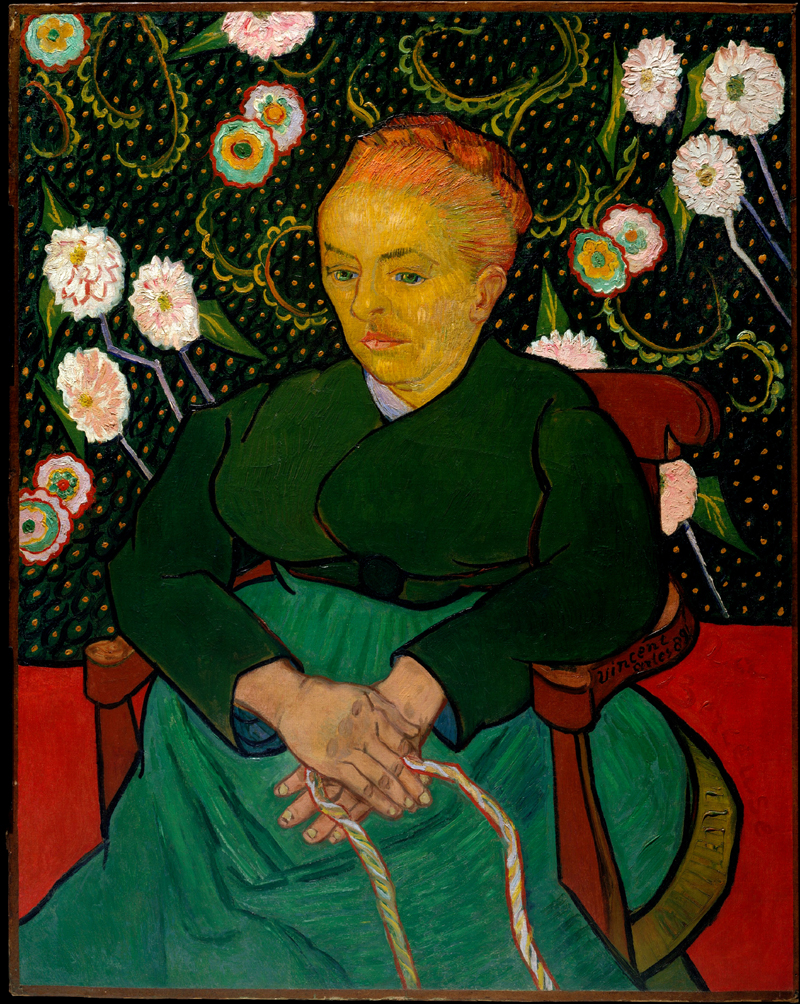
Art lijst
Schilderijen
- Bosch, Hieronymus – The Peddler
- Bosch, Hieronymus_The Haywain triptych
- Botticelli, Sandro_Primavera / Spring
- Brueghel the Elder, Pieter – The Tower of Babel
- Campin, Robert — Mérode Triptych
- Courbet, Gustave_The painters Studio
- Dali, Salvadore_Verzoeking van de heilige Antonius
- Dou, Gerard_de Kwakzalver
- Eyck van Barthélemy_Stilleven met boeken
- Fra Angelico_Annunciatie
- Géricault, Théodore_Vlot van Medusa
- Magritte, Rene_Verboden af te beelden
- Matsys, Quinten_De geldwisselaar en zijn vrouw
- Memling, Hans_Twee paarden in een landschap
- Onbekend-16e eeuw_4 gedaantes van een arts
- Picasso, Pablo_Guernica
- Rembrandt_Abraham en de drie engelen
- Rembrandt_Elsje Christiaens
- Velazquez, Diego_Las Meninas
Schilderijen en de dokter
- Agenesia Sacrale (a rare congenital disorder in which the fetal development of the lower spine)
- Alopecia areata (hair loss)
- Arthrogryposis congenita (birth defect, joints contracted)
- Artritis psoriatica (inflammatory disease of the joint)
- Artritis reumatoïde
- Breast development (delayed)
- Bubonic plague
- Difterie (kroep)
- Gigantisme & Acromegalie
- Hazenlip (cheiloschisis) / gespleten gehemelte
- Herpes zoster (gordelroos)
- Hongeroedeem
- Influenza Epidemic of 1858
- Keisnijding
- Krankzinnigheid - Malle Babbe (1640)
- Kropgezwel (struma)
- Lepra
- Liefdesziek, zwangerschap
- Lymfkliergezwel (lymfoom), non-Hodgekin
- Manische Depressie Psychose
- Mazelen? / Rubeola? (acute virale infectie)
- Melanoom of naevus (geboortevlek)
- Membraneuze glomerulonefritis
- Moord (pneumothorax, slagaderlijke bloeding)
- Neurofibromatose
- Oogoperatie
- Osteoartrose / hallux valgus
- Osteomyelitis
- Otitis media (acute middenoorontsteking)
- Parotitis (mumps)
- Platvoet en Spitsvoet
- Polio
- Prepatellaire bursitis
- Progeria
- Pseudohermafroditisme
- Pseudozwangerschap
- Psychoneurose (acute)
- Rachitische borst
- Reumatische koorts (acute)
- Rhinophyma of knobbelneus
- Rhinophyma rosacea_depressie
- Rhinoscleroma
- Schimmelziekte_Favus
- Syfilis (harde 'sjanker')
- Tandcariërs
- Tuberculose long
- Ziekte van Paget
Schilders
Historie lijst
- 1632-1723_Antonie van Leeuwenhoek
- 1749-1823_Edward Jenner
- 1818-1865_Ignaz Semmelweis
- 1822-1895_Louis Pasteur
Wetenswaardigheden lijst
- 1887 Psychiatric Hospital
- Animals on duty
- Bizarre advice for parents
- Bloodletting
- Bloodthirsty Hungarian Countess Elizabeth Báthory (1560–1614)
- Butler escaped punishment three times.
- Dance mania / Saint Vitus Dance
- Doctors’ advice did more harm than good
- French Revolution Louis XVI
- Frontal syndroom (Phineas Gage)
- Heart disease (Egyptian princess)
- IJstijd (kleine)_1300-1850
- Ivan IV de Verschrikkelijke (1530-1584)
- Kindermishandeling
- Koketteren met koningin Victoria
- Koningin door huidcrème vergiftigd
- Kraambedpsychose (Margery Kempe)
- Massacre in Beirut
- ME stonden bol van de seks
- Mummie bij de dokter
- Plee, Gemak of Kakstoel
- Prostaatkanker (mummie)
- Sexhandel in Londen
- Swaddling baby
- Syfilis was in de mode
- Testikels opofferen
- Tropische ziekten werden veroveraars fataal
- Vrouwen als beul in WOII
- Wie mooi wil zijn moet pijn lijden
- Zonnekoning woonde in een zwijnenstal


